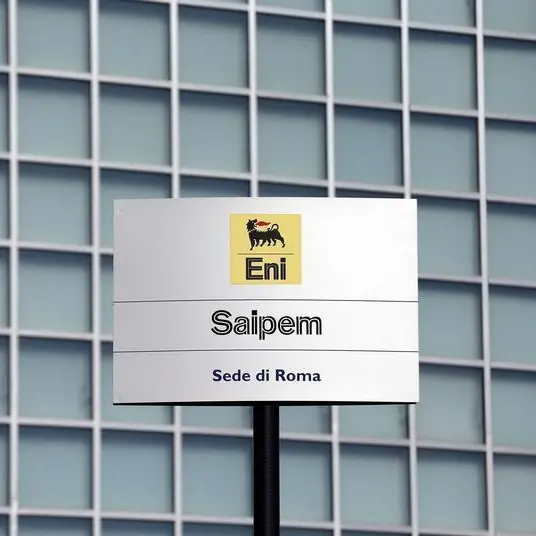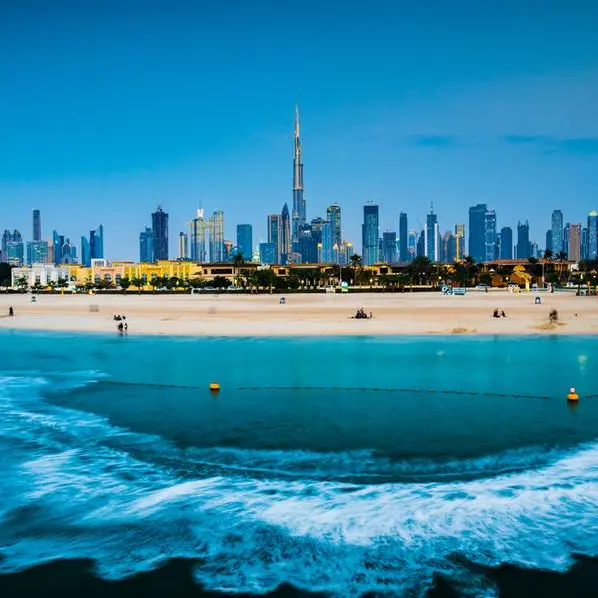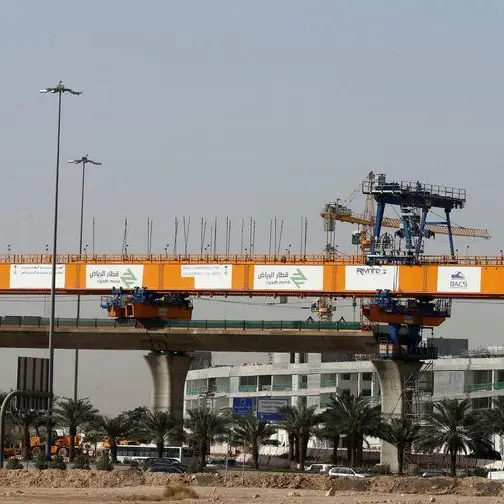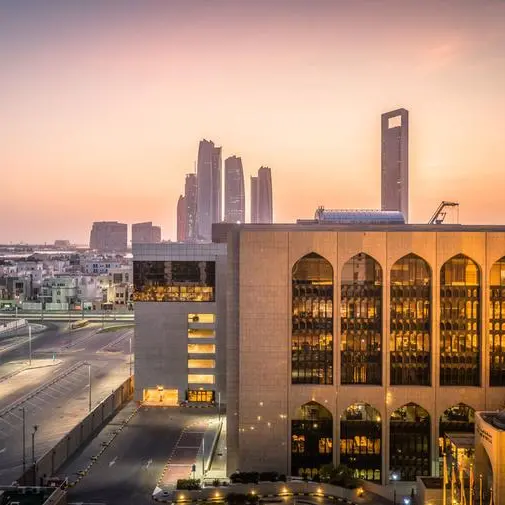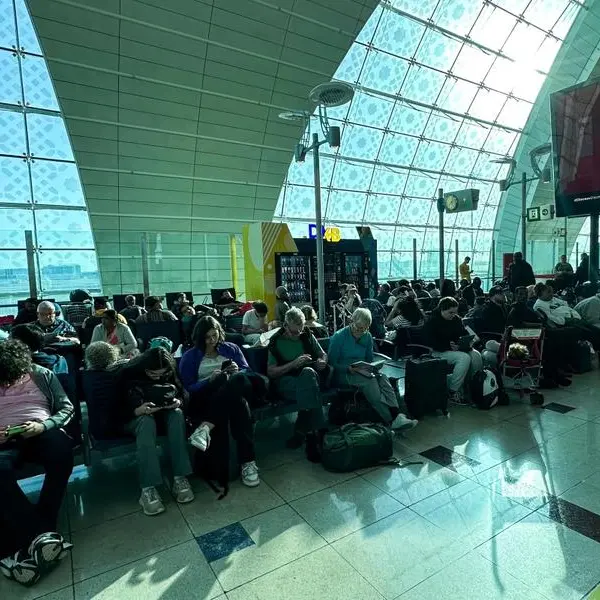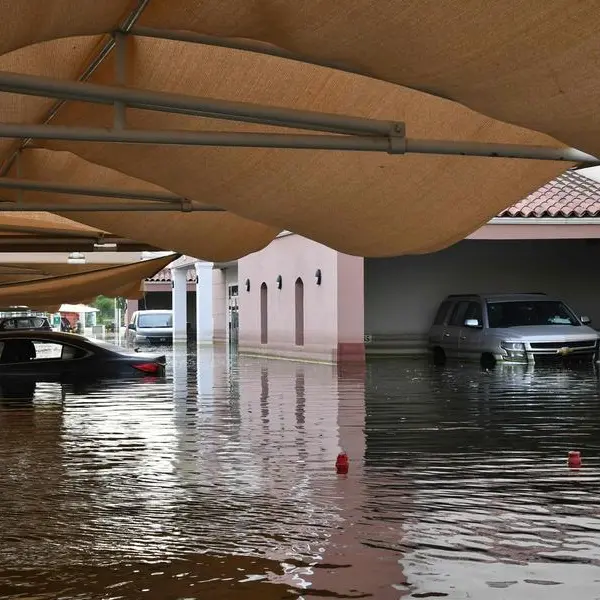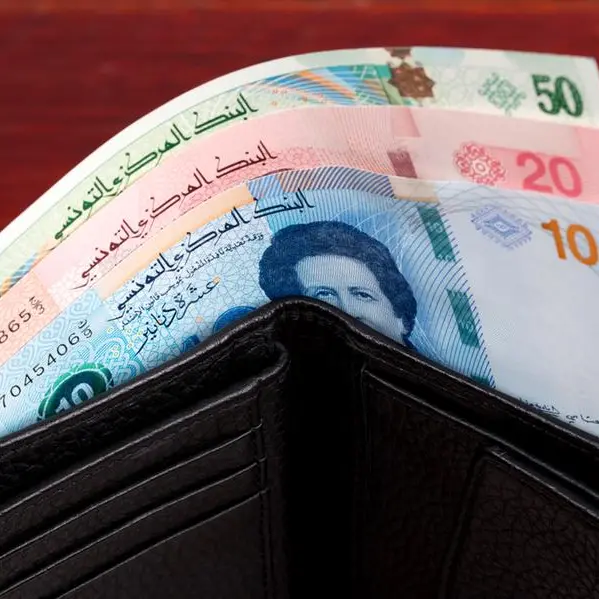PHOTO
Banks in the GCC face an uphill struggle in the next 18 months due to the protracted nature of the economic recovery and the expected gradual withdrawal of regulatory forbearance measures, S&P Global Ratings said.
In its latest forecast, the global ratings agency said GCC banks' profitability would continue declining, with a few of them reporting losses because of their exposure to high-risk asset classes or under-provisioning.
"This will push banks' management teams to look more carefully at costs, try to leverage opportunities related to fintech and reduce the number of physical branches. Without additional support measures, we expect the deterioration in GCC banks' asset quality to accelerate as regulatory forbearance measures end," said Mohamed Damak, primary credit analyst at S&P.
On the positive side, most GCC banks have good funding profiles and strong capitalisation that should support their creditworthiness in 2020-21, he said. The GCC banks continue to display strong capitalisation by international standards, with an unweighted average Tier 1 ratio of 17.2 per cent on June 30, 2020.
"Yet we believe that GCC banks' reduced profitability is longer lasting due to the domination of non interest-bearing deposits in their funding structures and lower revenues on the asset side. In addition, we think that, in the next few years, GCC banks might start to import capital more aggressively as local funding sources prove insufficient. This would add to the pressure on banks' profitability. It remains to be seen to what extent banks could compensate for that pressure by consolidating or leveraging fintech solutions to cut costs," said Damak.
S&P foresees that the GCC economies will expand by an average of 2.4 per cent in 2021, compared with a contraction of 5.6 per cent in 2020.
"Without these glimmers of light, things could be even worse for GCC banks. We expect that lending growth will remain muted, with the exception of Saudi Arabia, where mortgages have been expanding rapidly on the back of a government initiative to increase home ownership in the country," the report said.
S&P said the base case is that a Covid-19 vaccine will be widely available by around mid-2021 and that the oil price will stabilise at an average of $50 per barrel.
In the first half of 2020, GCC banks' lending growth slowed to an annualised rate of 6.6 per cent, compared with 9.4 per cent in 2019. Banks have reduced their risk appetite and limited their activity to either recycling the liquidity injected by their respective central banks, or honouring their committed credit lines, it said.
"Corporates have reduced their capital expenditure and focused on cash preservation. They have drawn down some of their committed credit lines to continue covering their operating expenses while their revenues contracted. We believe that lower lending growth will continue in 2021, at about five per cent for most countries, due to the protracted economic recovery," S&P said.
The report said that after looking at the credit fundamentals of the 16 largest Islamic banks and 30 largest conventional banks in the GCC, S&P considers that Islamic banks might prove less resilient to a protracted downturn than their conventional peers.
"This is because of Islamic banks' strong entrenchment in the real estate sector and the absence of late payment fees; under Islamic law, banks must give such fees to charity. Moreover, the exposure of some Islamic and conventional GCC banks to weaker markets will probably add to their asset-quality problems," it added.


